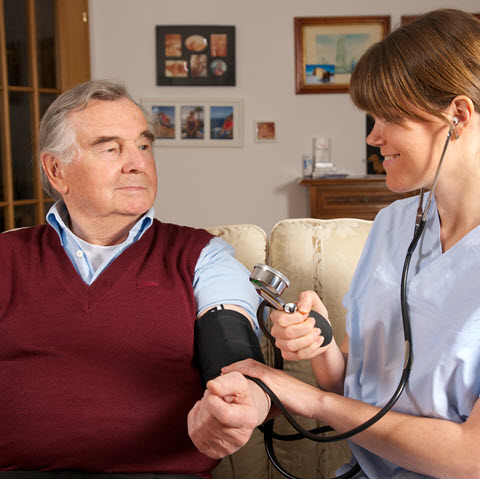
Venous Thromboembolism (VTE), a complex interplay within the circulatory system, unveils the formation of blood clots within the veins, carrying the potential for severe conditions like deep vein thrombosis (DVT) or pulmonary embolism. This article delves into the intricacies of VTE, shedding light on its causes, symptoms, and potential consequences.
Understanding venous thromboembolism:
VTE occurs when blood clots form within the veins, impeding the normal flow of blood. This phenomenon often takes place in the deep veins of the legs, leading to a condition known as deep vein thrombosis (DVT). If left untreated, these clots can dislodge and travel to the lungs, causing a life-threatening pulmonary embolism.
Causes and risk factors:
-
Immobility and prolonged sitting: Extended periods of immobility, such as long flights or bed rest, can elevate the risk of clot formation.
-
Surgery and trauma: Certain surgeries or traumatic injuries can contribute to the development of blood clots.
-
Medical conditions: Underlying medical conditions, including cancer, heart disease, or clotting disorders, may predispose individuals to VTE.
Symptoms and warning signs:
-
Swelling and pain: Swelling, tenderness, or pain in the affected leg are common symptoms of deep vein thrombosis.
-
Shortness of breath: A sudden onset of difficulty breathing may indicate a pulmonary embolism, a complication of VTE.
-
Chest pain: Chest pain, especially during breathing or coughing, can also be a symptom of pulmonary embolism.
Diagnosis and treatment approaches:
-
Ultrasound imaging: Doppler ultrasound is a common diagnostic tool used to visualise blood flow and detect clots in the veins.
-
Anticoagulant medications: Blood-thinning medications are often prescribed to prevent the growth of existing clots and reduce the risk of new ones.
-
Compression stockings: Compression stockings may be recommended to improve blood circulation and reduce the risk of clot formation.
Preventive measures:
-
Regular movement: Engaging in regular physical activity and avoiding prolonged periods of immobility can lower the risk of VTE.
-
Hydration: Staying adequately hydrated supports healthy blood circulation and reduces the likelihood of clot formation.
-
Early mobilisation after surgery: For individuals undergoing surgery, early mobilisation and post-operative movement are crucial preventive measures.
Venous Thromboembolism, with its potential for grave complications, underscores the importance of proactive measures for vascular health. Understanding risk factors, recognising symptoms, and embracing preventive strategies contribute to a holistic approach in navigating the intricate pathways of blood clot formation. By prioritising vascular well-being, individuals can mitigate the risks associated with VTE and pave the way for a healthier circulatory system.
At Nursing Home Plus, we're dedicated to helping you find the perfect care home or facility tailored to your unique needs. Whether you're looking for a comfortable place for yourself or a loved one, our team is here to guide you every step of the way. Don't hesitate to reach out—call us today at 0230 608 0055 or fill out our online form to get started. Your peace of mind is just a call away!
Do you need a retirement home for yourself or your loved one?
Share this article :
Latest posts
You are looking for an establishment for your loved one ?
Get availability & prices
Fill in this form and receive
all the essential information
We would like to inform you of the existence of the opposition list for telephone canvassing.





.jpg)



